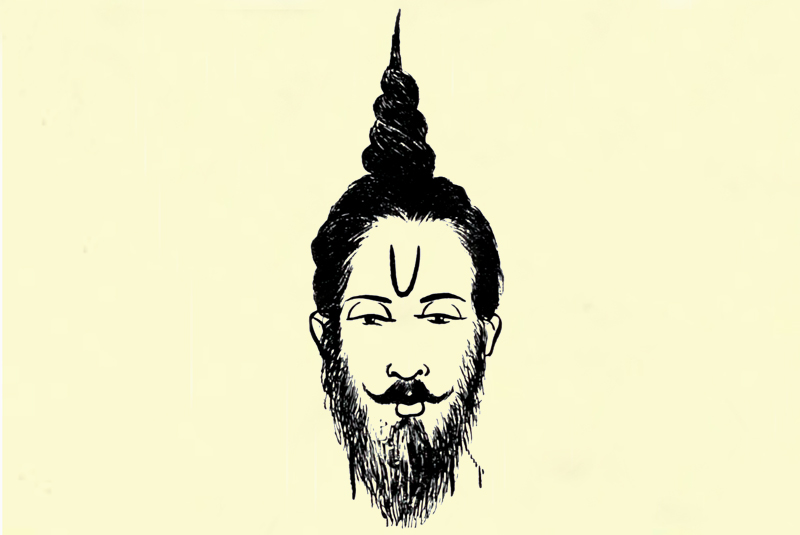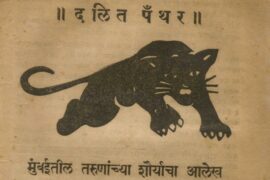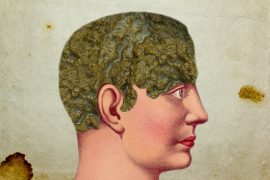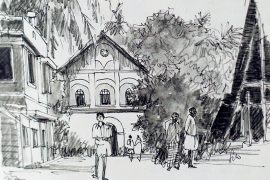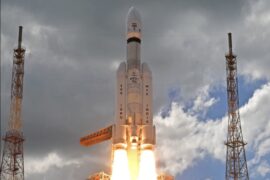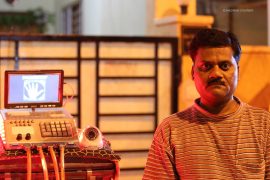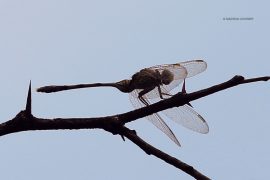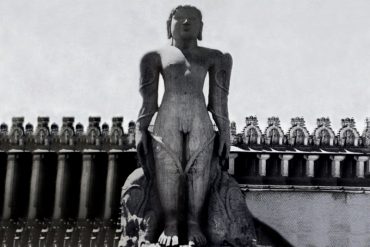The hottest place to get a nose job in the first millennia B.C. was on the banks of the river Ganga. There, said to reside in the holy city of Varanasi was Sushruta – the father of Indian plastic surgery. With some wine to drug the patient, a leaf for scale and a sharp knife, you could get a new nose grafted from the skin of your cheek.
Nose jobs were not an undertaking of the vain – in those laws, the laws of Manu held that adulterers would have their noses cut off. Repairing this damage led to Sushruta developing many of the techniques used in rhinoplasty today, in his pinnacle work – the Sushruta Samhita, meaning ‘the compendium of one who has thoroughly learned through hearing.’
What gave Sushruta the necessary medical background? For one, ancient India already had repositories of medical knowledge – the Atharva Veda (3000-1000 B.C.) had descriptions of medical conditions, with 114 hymns devoted to healing methods.
The Charaka Samhita is the first ancient book on Indian medicine, written by Charaka of the University of Taxila between 1000 and 200 B.C., and is the oldest repository of Indian medical knowledge. Written like a medical textbook, it is divided into sections: General Principles, Pathology (Etiology), Specific Determination, 387 News, Notes and Queries Human Embodiment (Descriptive Anatomy), Sensorial Prognosis, Therapeutics, Pharmaceutics and Toxicology, and Success in Treatment.
-30-
Copyright©Madras Courier, All Rights Reserved. You may share using our article tools. Please don't cut articles from madrascourier.com and redistribute by email, post to the web, mobile phone or social media.Please send in your feed back and comments to [email protected]

